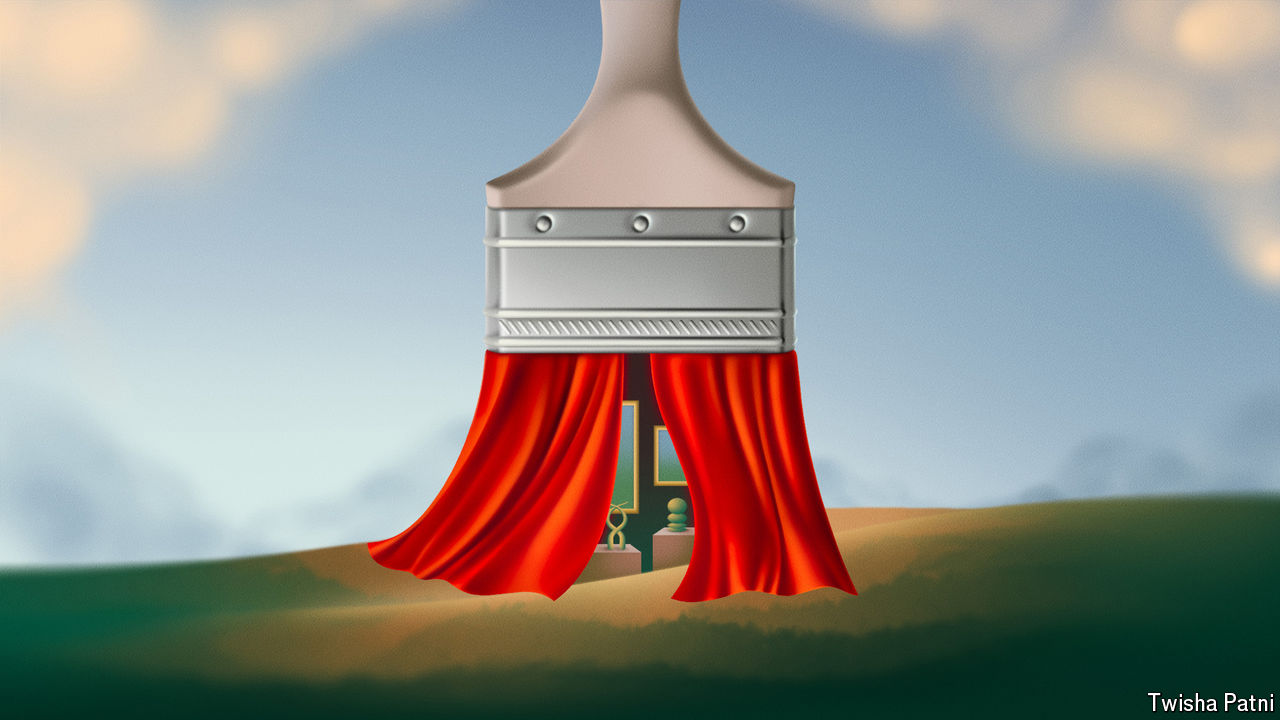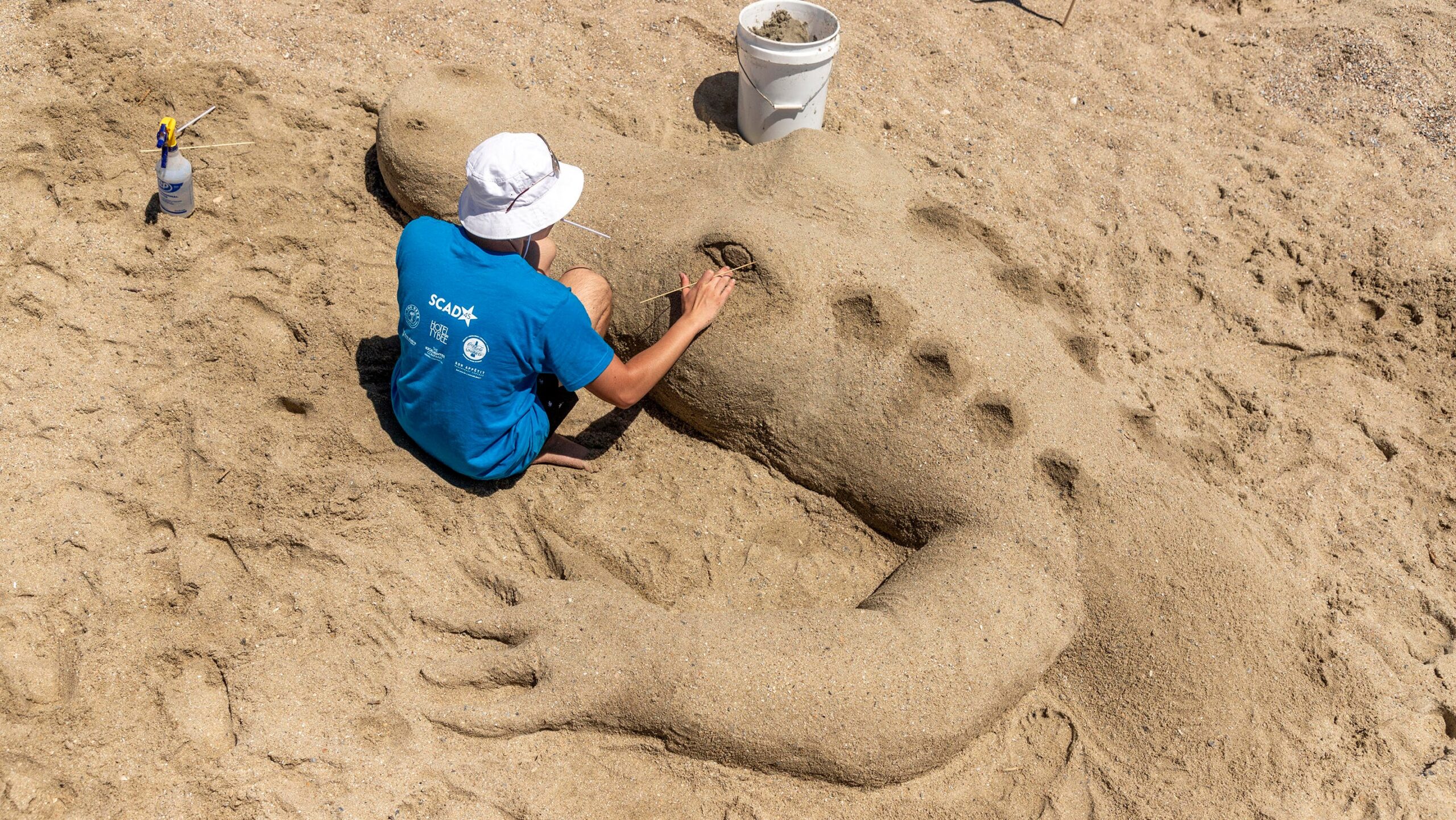IN 1989 LARRY GAGOSIAN, who has since become the world’s most powerful art dealer, was asked whether there was anything he would like to see change in the art market. “That is like asking Dante what he would change about the structure of Hell,” he replied, implying, a bit devilishly, that the way things were suited him.
It is an imperfect metaphor. Hell is much easier to access—and understand—than the art world. Secretive yet gossipy, illiquid yet always transactional, art is an industry that remains mysterious even to its active participants. Earlier this year the murkiness was spotlighted in an American courtroom after Dmitry Rybolovlev, a Russian billionaire, sued Sotheby’s for fraud, alleging that the auction house had known a Swiss art adviser was fleecing him whenever he bought masterpieces. He lost—these days juries are not especially sympathetic to Russian oligarchs—but the case drew attention to the often opaque practices of art’s wheeler-dealers.
Published since September 1843 to take part in “a severe contest between intelligence, which presses forward, and an unworthy, timid ignorance obstructing our progress.”
To enhance your experience and ensure our website runs smoothly, we use
cookies and similar technologies.


